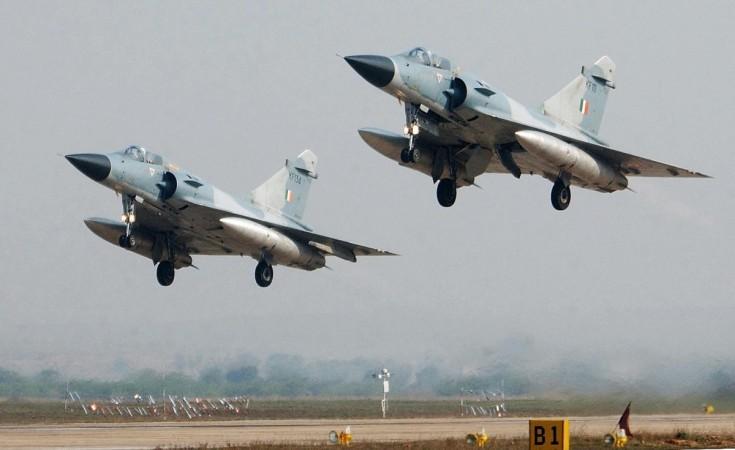
The satellite imagery in possession of the government may put an end to the growing speculations on the air strikes conducted by the Indian Air Force in Pakistan.
The IAF 's Mirage 2000 jets, which crossed the Line of Control on February 26, hit multiple buildings inside the Jaish-e-Mohammad training camp in Balakot, as per the government. However, Pakistan has denied any damage to the structures in Balakot or any loss of lives as a result of India's pre-emptive strike.
Although Pakistan defence ministry has claimed that it has shown the evidence in the form of satellite images to journalists, top government sources told NDTV that credible pictures with them can demolish Pakistan's claims.
Did Israel-made Spice 200 glide bombs cause maximum destruction?
The specially designed Spice 2000 glide bombs made by Israel were used for the strikes which have an in-built GPS system that could easily identify the target coordinates with the help of pre-fed images of the buildings.
One of the special features of such bombs is that it penetrates rooftops or building walls and then explodes when it identifies its particular target inside the building. Hence, intelligence officials are confident that besides damaging the structures, there is a likelihood of maximum casualties.
Media reports suggest that the Mirage 2000 fighter jets did not need to enter Balakot to drop the bombs but only cross 3-20km distance from LoC from where they took their individual routes and released the payload after reaching an optimal point from where these bombs could easily strike the buildings. The Spice 2000 glide bombs can easily cross a range of 200km, according to the Indian Express.
Where is the confusion?
West Bengal Chief Minister Mamata Banerjee has stoked a controversy by asking the government to release the satellite/ radar images of the air strikes as "foreign media has been reporting that the Indian strikes did not cause any damage in Balakot."
An analytical report by the International Cyber Policy Centre in Australia contradicts the Indian government's claims that the air strikes caused any substantial damage to the JeM camps in Balakot. The report said that satellite imagery in its position clearly shows that none of the training camps or any structures was hit by the bombs dropped by Indian jets.
It also mentions that bomb craters could be found at the site, which was also reported by Al-Jazeera. However, the defence officials told NDTV that Spice 2000 glide bombs couldn't have missed the target and would not leave craters behind.

"They can instead leave mounds of earth behind as these bombs are specifically designed to penetrate their target before exploding underground," an official confirmed.
The presence of a mysterious school (Madrassa) run by JeM, acknowledged by Al-Jazeera report also adds to the confusion. The school, which is just 500 metres away from the site where bomb struck, has been sealed by the Pakistani government.

















